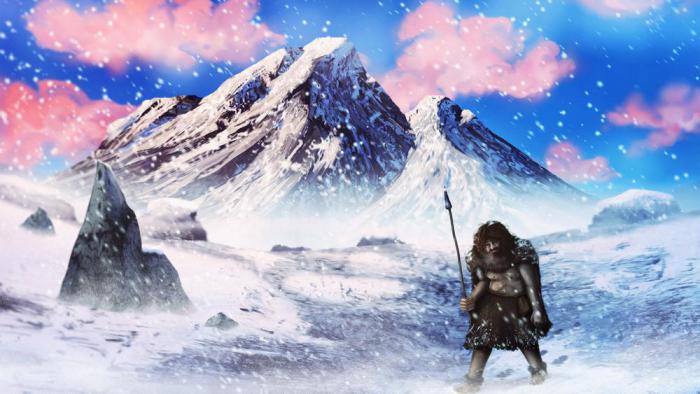
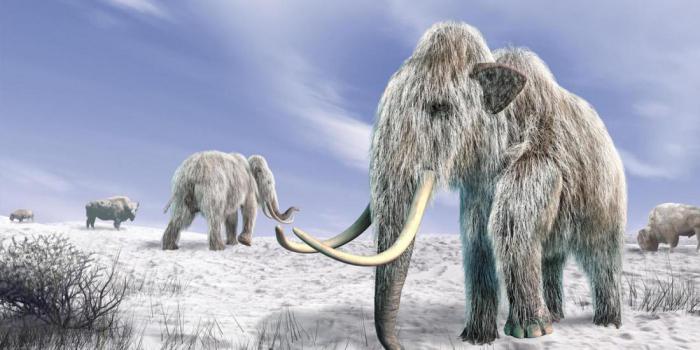
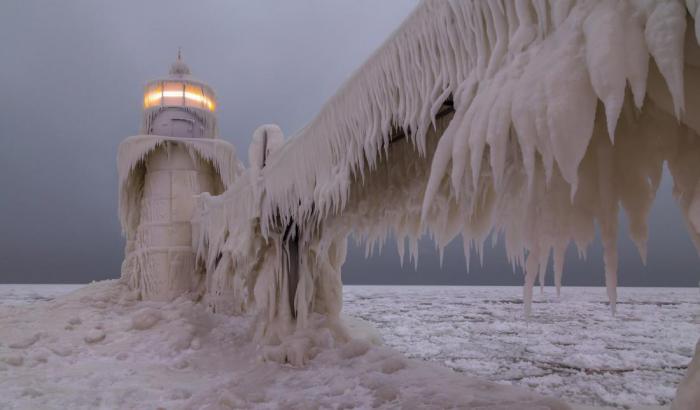
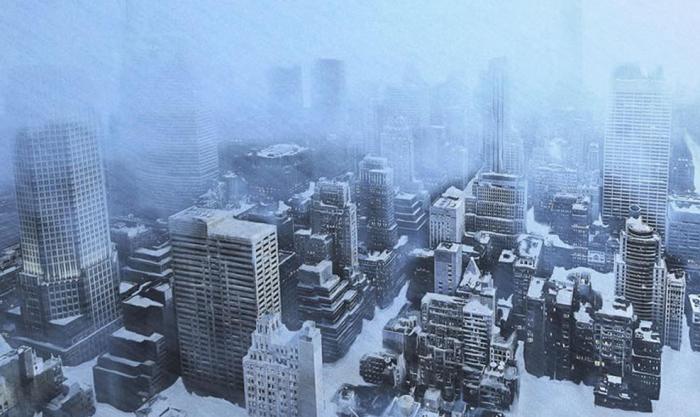
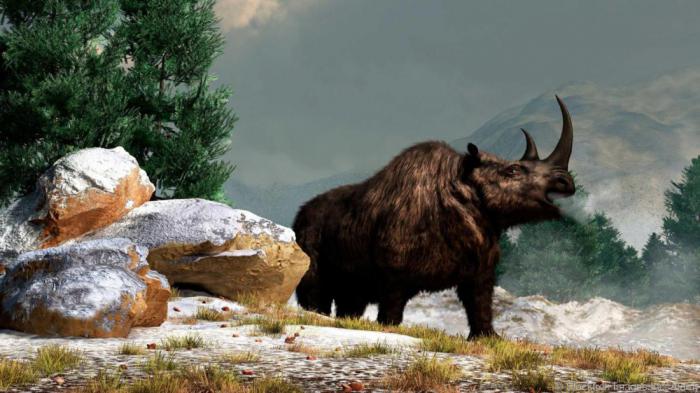
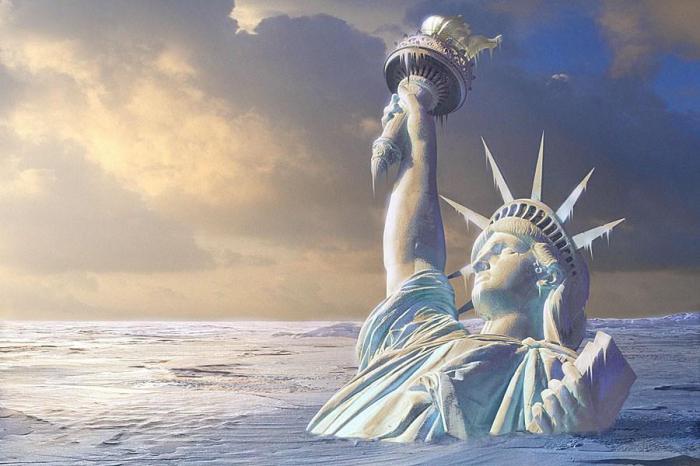
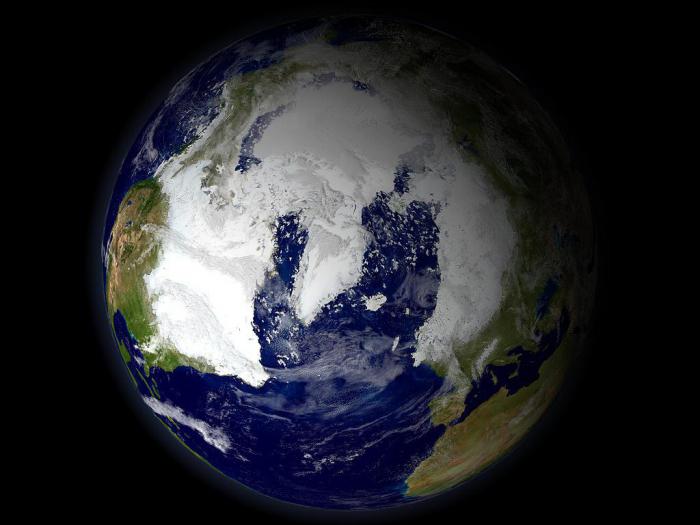
The consequences of warming
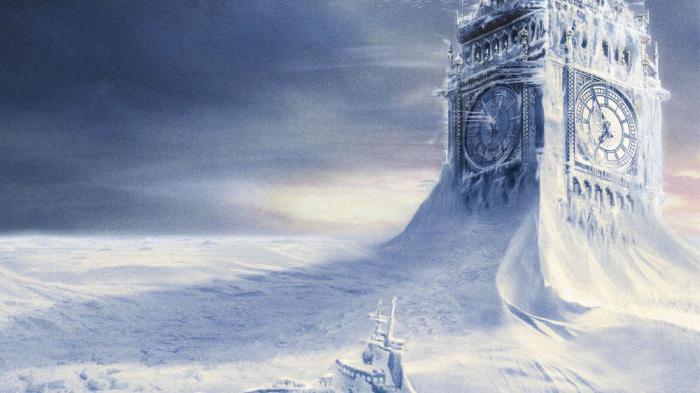
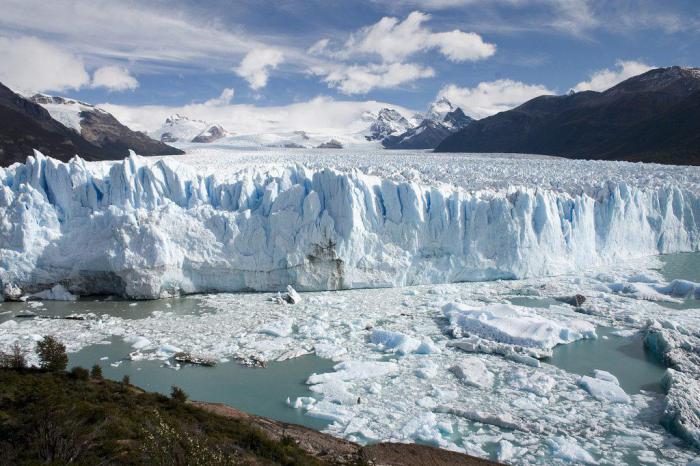
The last ice age brought about the appearance of the woolly mammoth and a huge increase in the area of glaciers. But it was only one of many that have cooled the Earth throughout its 4.5 billion years of history.
So, how often does the planet go through ice ages, and when should we expect the next one?
The main periods of glaciation in the history of the planet
The answer to the first question depends on whether you mean the big glaciations or the small ones that occur during these long periods. Throughout history, the Earth has experienced five major glaciations, some of them lasting hundreds of millions of years. In fact, even now the Earth is going through a big period of glaciation, and this explains why it has polar ice.
The five main ice ages are the Huronian (2.4-2.1 billion years ago), the Cryogenian glaciation (720-635 million years ago), the Andean-Saharan (450-420 million years ago), the late Paleozoic glaciation (335-260 million years ago) and the Quaternary (2.7 million years ago to the present).
These major periods of glaciation may alternate between smaller ice ages and warm periods (interglacials). At the beginning of the Quaternary glaciation (2.7-1 million years ago), these cold ice ages occurred every 41,000 years. However, in the last 800,000 years, significant ice ages have appeared less frequently - about every 100,000 years.
How does the 100,000 year cycle work?
Ice sheets grow for about 90,000 years and then begin to melt during the 10,000 year warm period. Then the process is repeated.
Given that the last ice age ended about 11,700 years ago, perhaps it's time for another one to begin?
Scientists believe that we should be experiencing another ice age right now. However, there are two factors associated with the Earth's orbit that influence the formation of warm and cold periods. Considering how much carbon dioxide we emit into the atmosphere, the next ice age won't start for at least another 100,000 years.
What causes an ice age?
The hypothesis put forward by the Serbian astronomer Milyutin Milanković explains why there are cycles of ice and interglacial periods on Earth.
As the planet revolves around the Sun, the amount of light it receives from it is affected by three factors: its inclination (which ranges from 24.5 to 22.1 degrees in a cycle of 41,000 years), its eccentricity (changing the shape of the orbit around of the Sun, which fluctuates from a near circle to an oval shape) and its wobble (one complete wobble occurs every 19-23 thousand years).
In 1976, a landmark paper in the journal Science presented evidence that these three orbital parameters explained the planet's glacial cycles.
Milankovitch's theory is that orbital cycles are predictable and very consistent in a planet's history. If the Earth is going through an ice age, then it will be covered in more or less ice, depending on these orbital cycles. But if the Earth is too warm, no change will occur, at least in regards to the growing amount of ice.
What can affect the warming of the planet?
The first gas that comes to mind is carbon dioxide. Over the past 800,000 years, carbon dioxide levels have fluctuated between 170 and 280 parts per million (meaning that out of 1 million air molecules, 280 are carbon dioxide molecules). A seemingly insignificant difference of 100 parts per million leads to the appearance of glacial and interglacial periods. But carbon dioxide levels are much higher today than they were in past fluctuations. In May 2016, carbon dioxide levels over Antarctica reached 400 parts per million.
The earth has warmed up so much before. For example, during the time of the dinosaurs, the air temperature was even higher than now. But the problem is that in today's world it is growing at a record pace, because we have released too much carbon dioxide into the atmosphere in a short time. In addition, given that emission rates are not declining to date, it can be concluded that the situation is unlikely to change in the near future.
The consequences of warming
The warming caused by the presence of this carbon dioxide will have big consequences, because even a small increase in the average temperature of the Earth can lead to drastic changes. For example, the Earth was on average only 5 degrees Celsius colder during the last ice age than it is today, but this has led to a significant change in regional temperature, the disappearance of a huge part of the flora and fauna, and the appearance of new species.
If global warming causes all of the ice sheets in Greenland and Antarctica to melt, ocean levels will rise by 60 meters compared to today.
What causes great ice ages?
The factors that caused long periods of glaciation, such as the Quaternary, are not as well understood by scientists. But one idea is that a massive drop in carbon dioxide levels could lead to cooler temperatures.
So, for example, according to the uplift and weathering hypothesis, when plate tectonics leads to the growth of mountain ranges, new unprotected rock appears on the surface. It is easily weathered and disintegrates when it enters the oceans. Marine organisms use these rocks to create their shells. Over time, stones and shells take carbon dioxide from the atmosphere and its level drops significantly, which leads to a period of glaciation.
